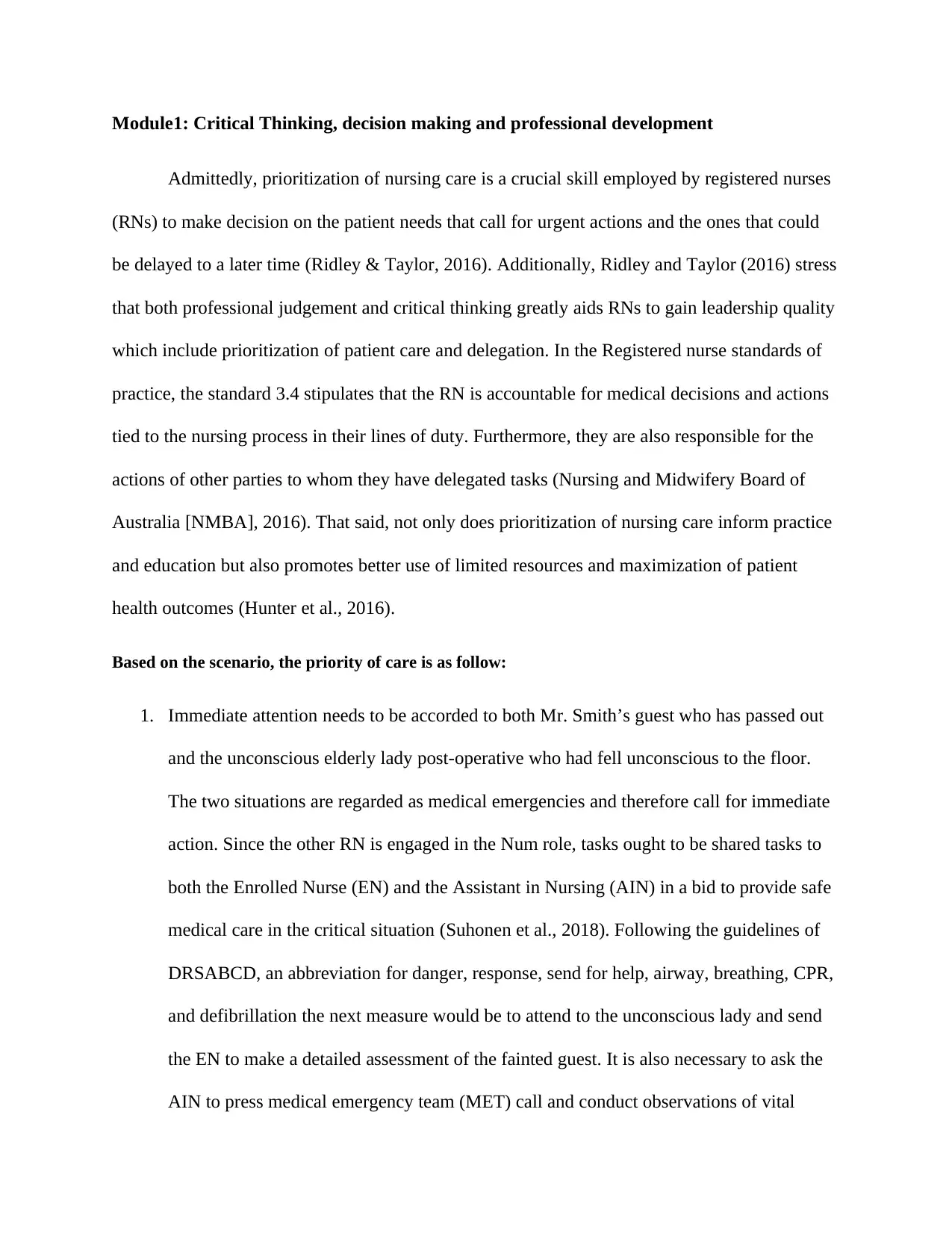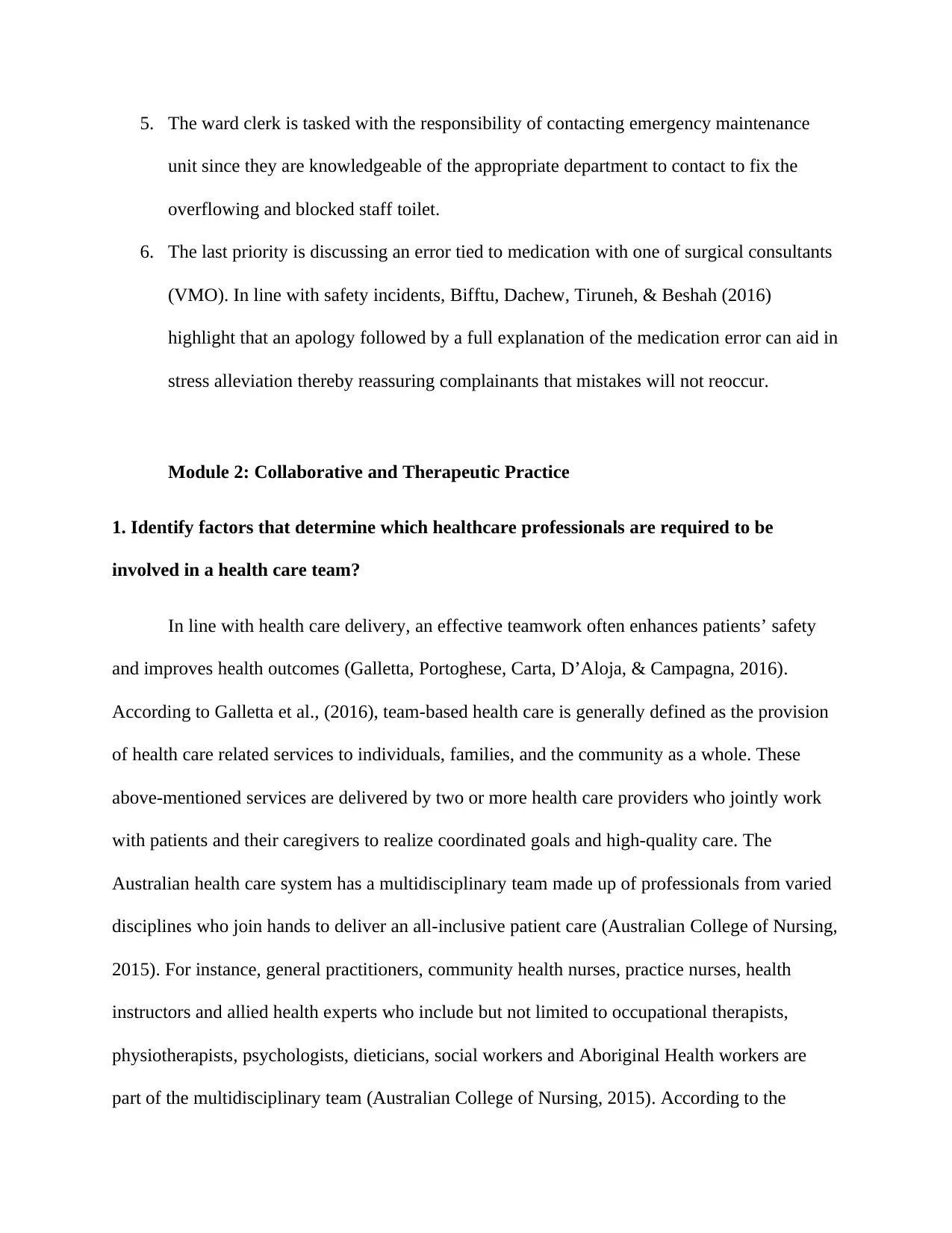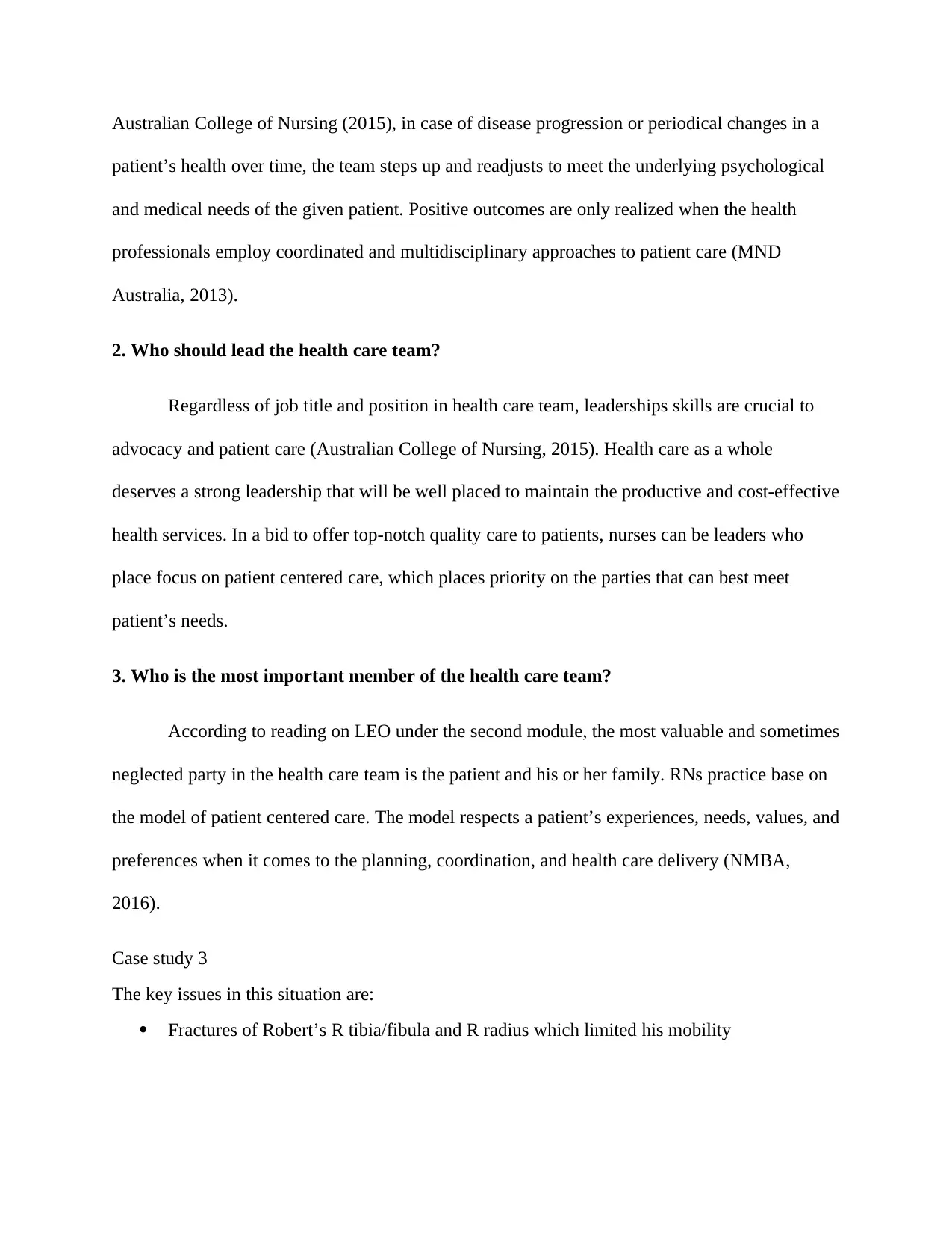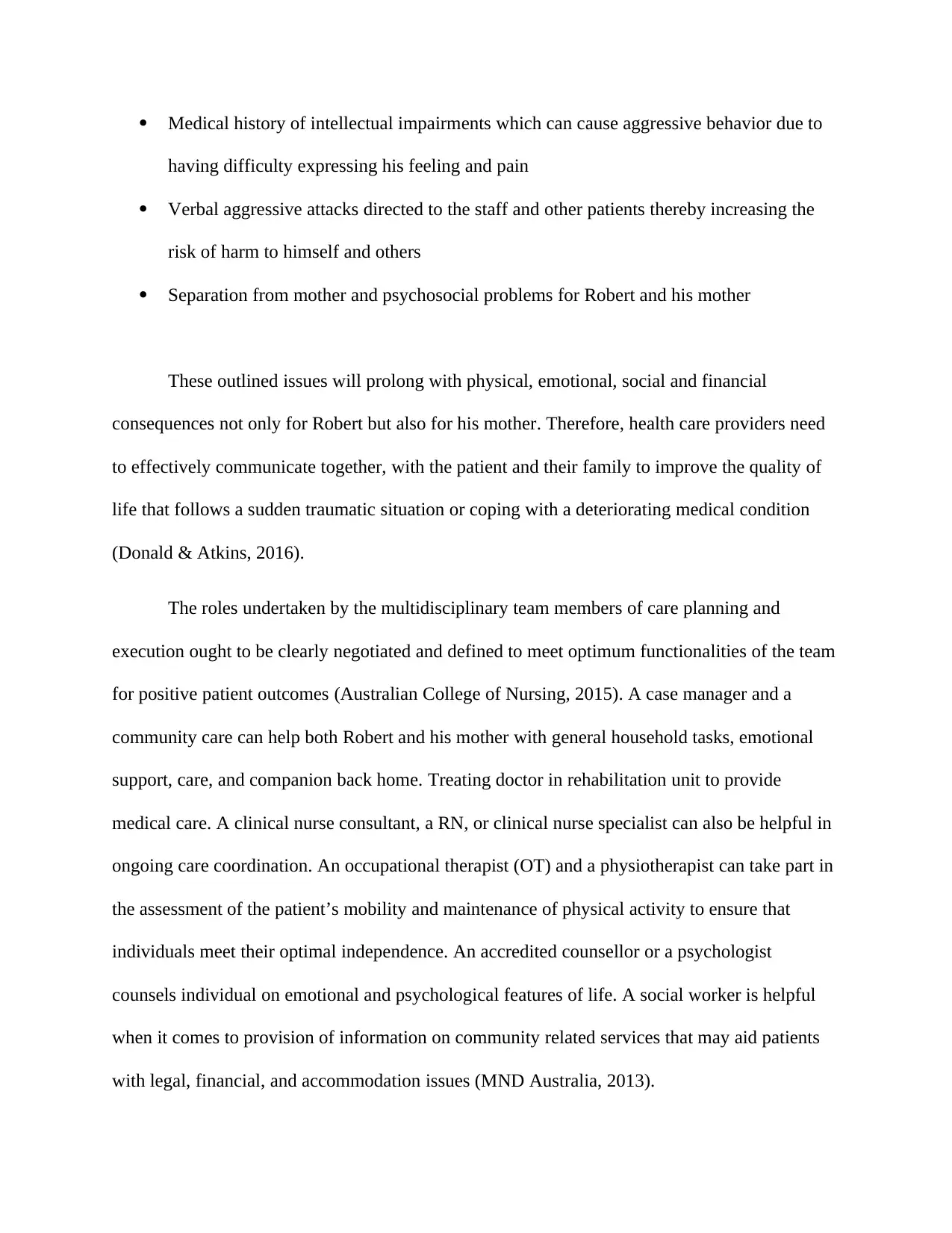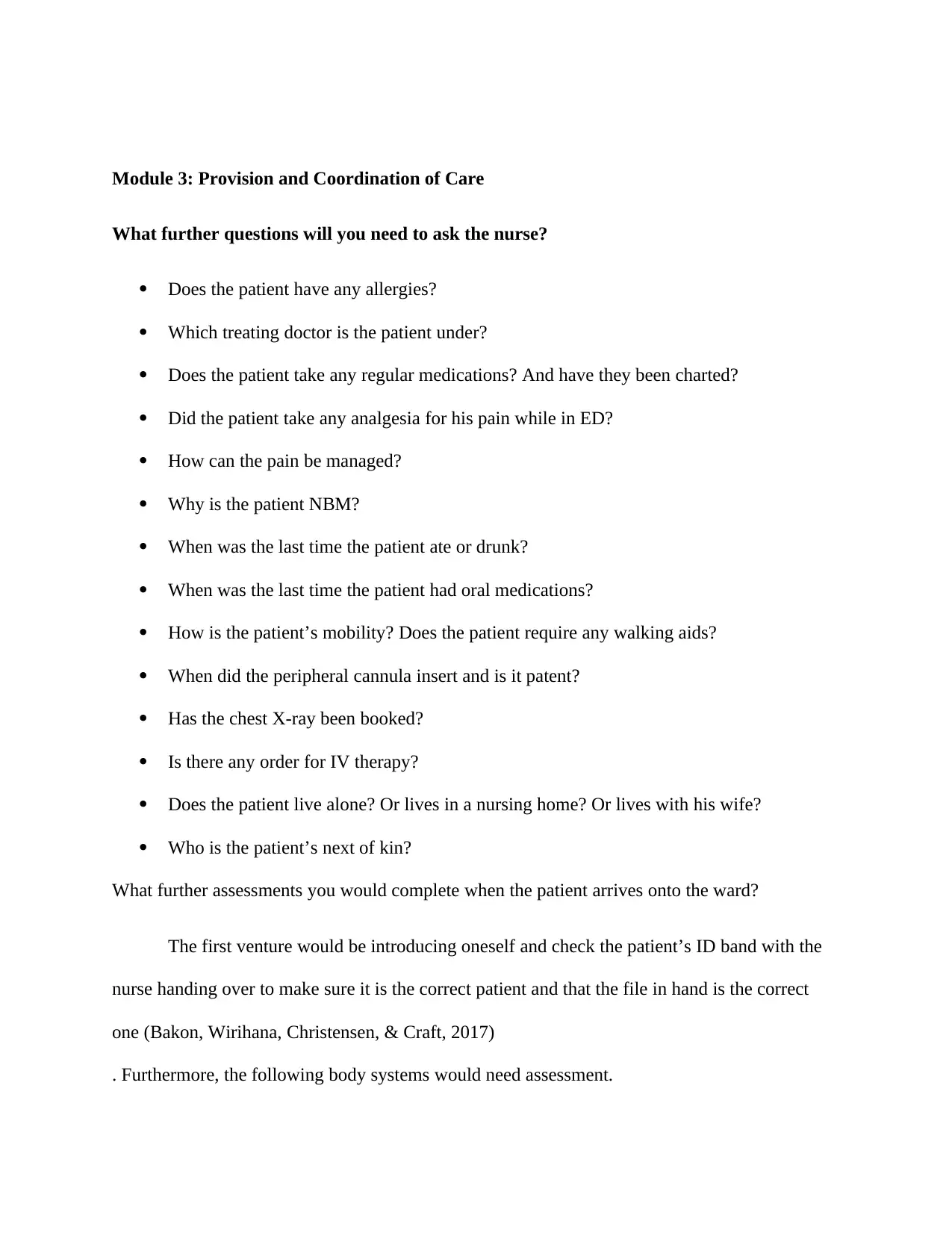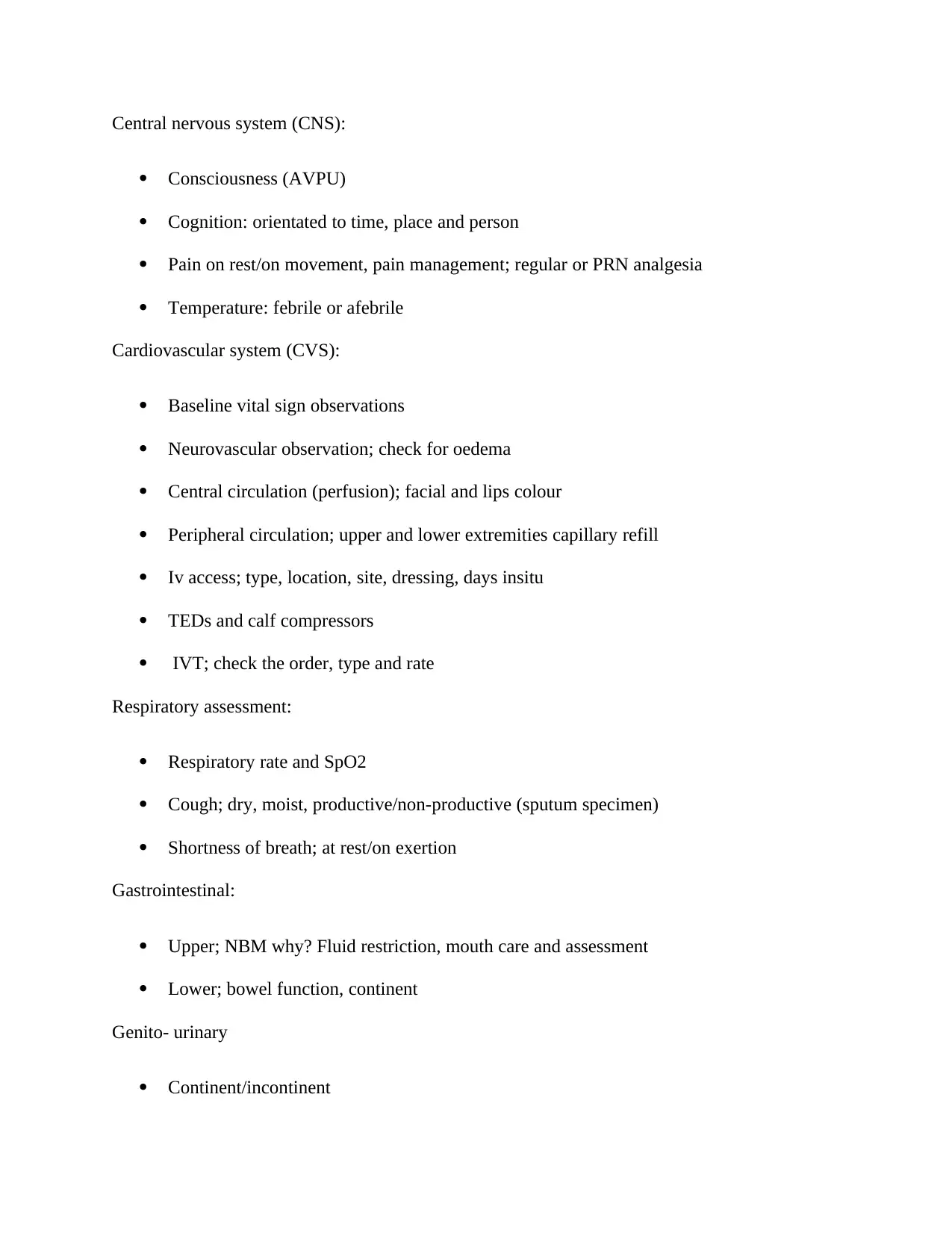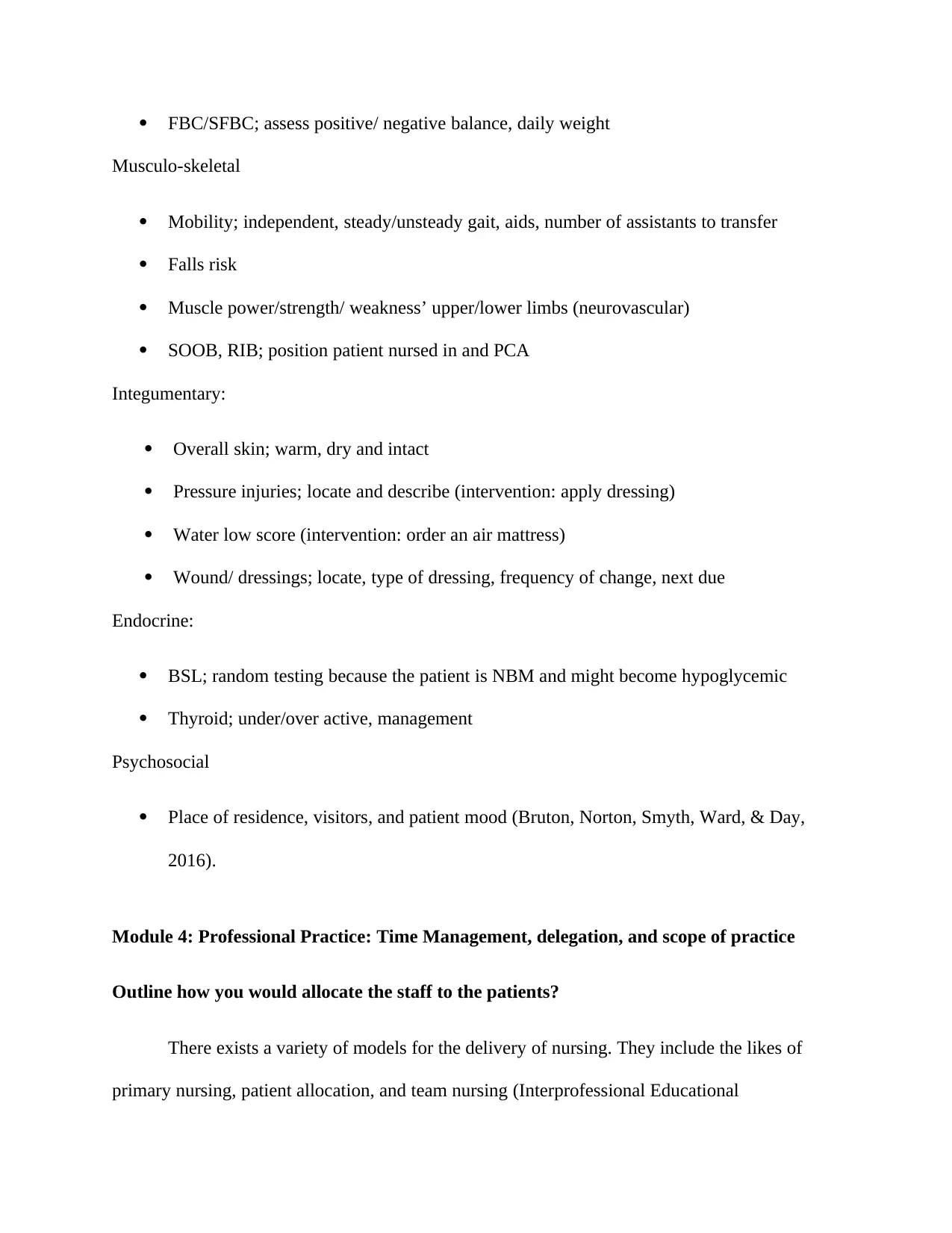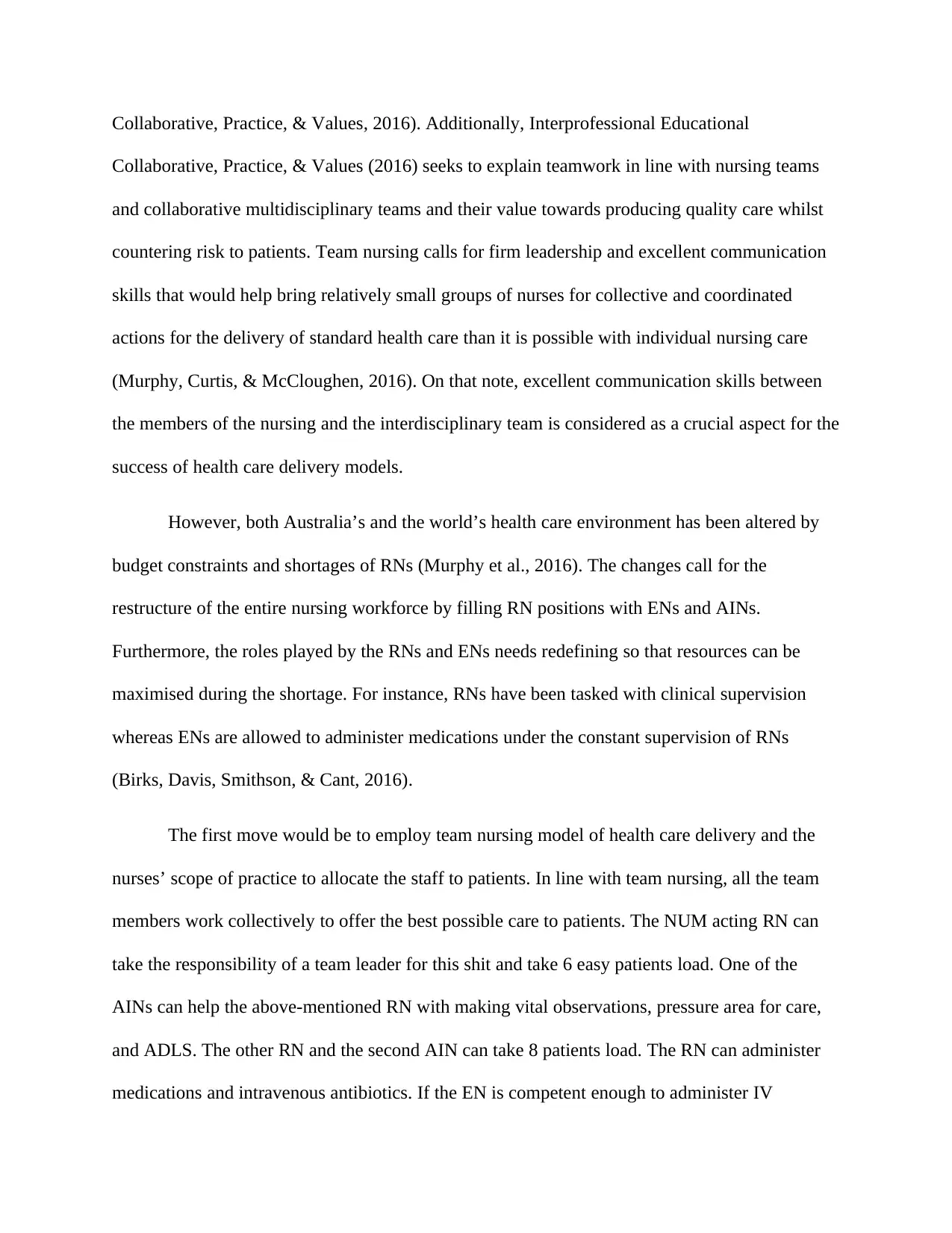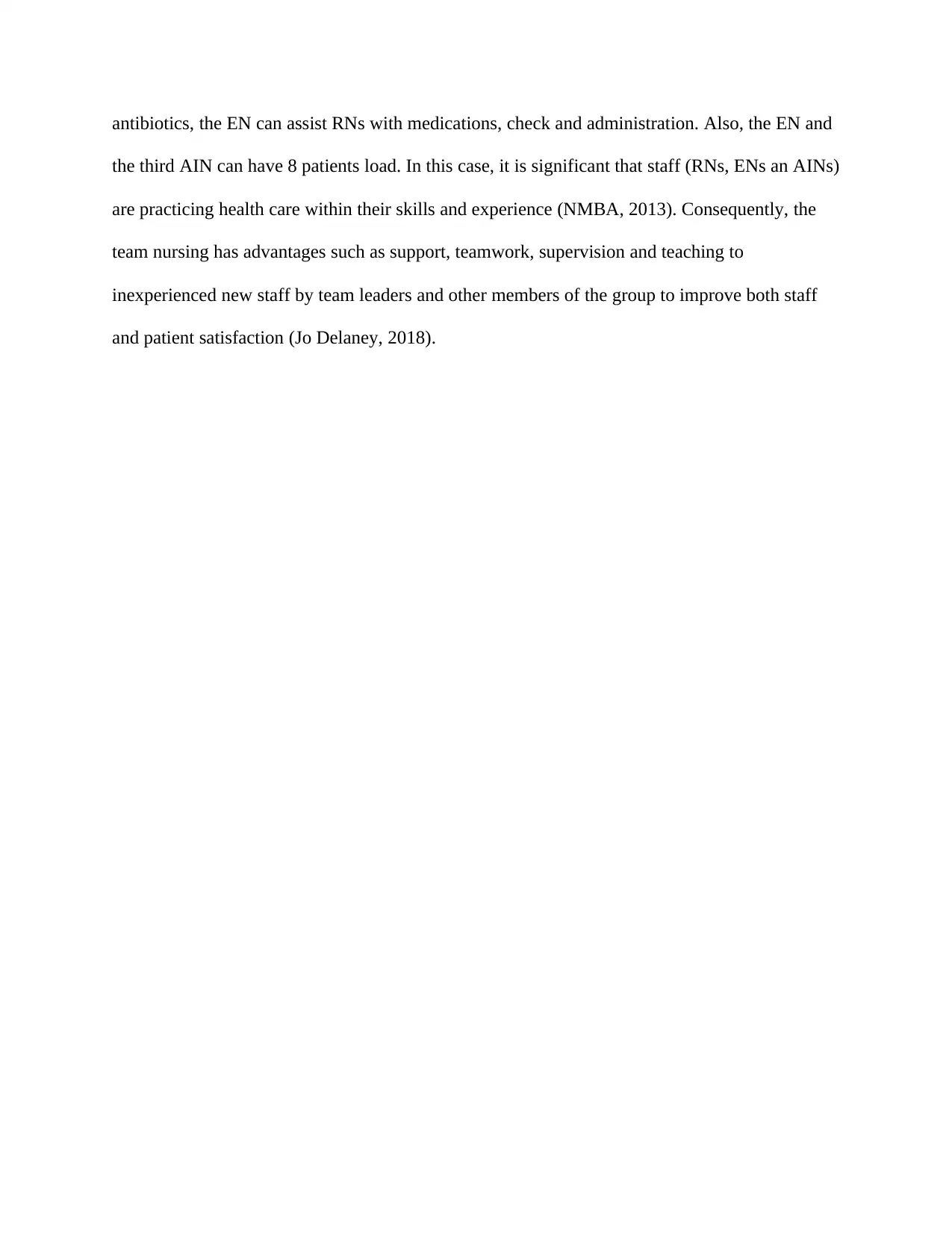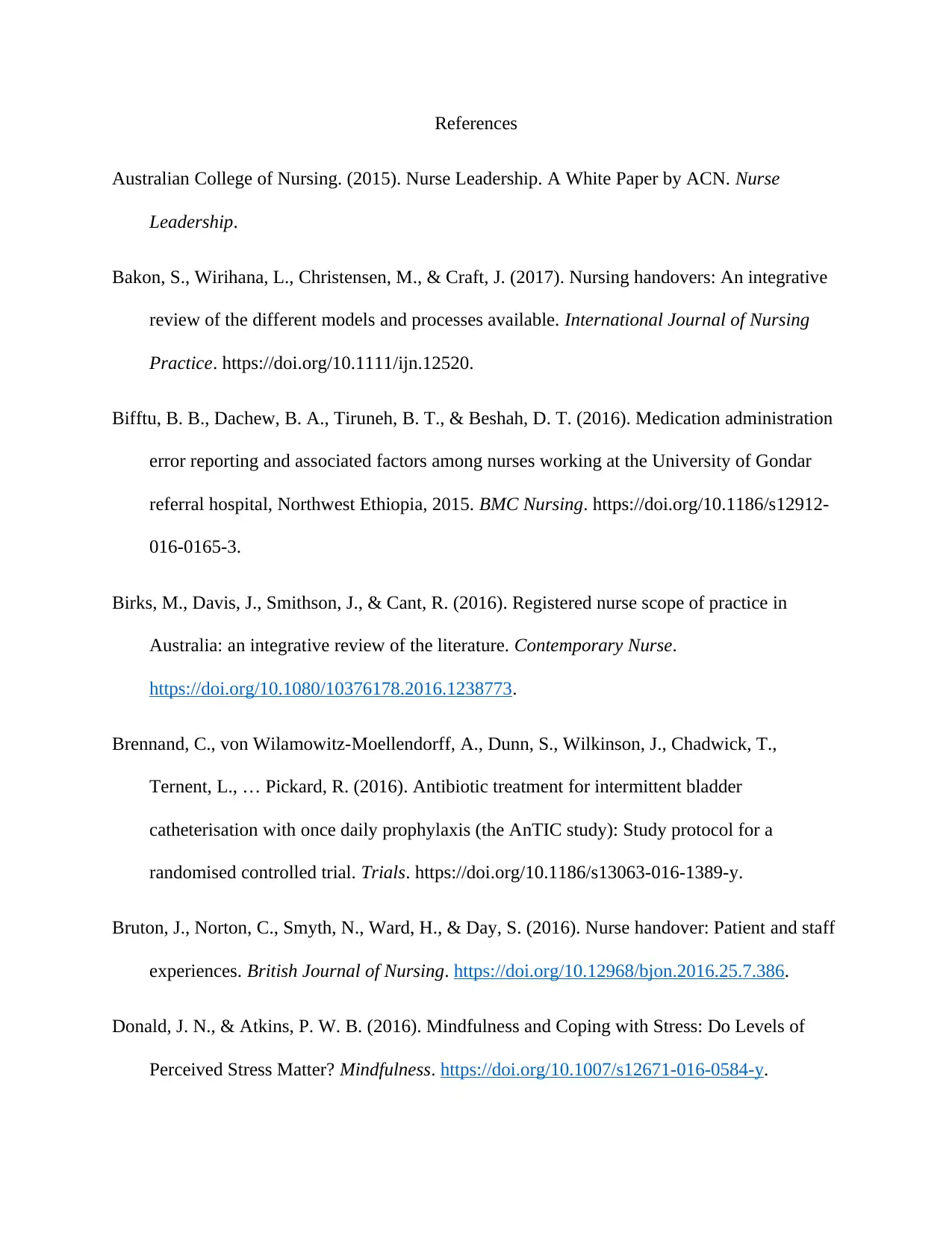This article discusses the importance of prioritization of nursing care for RNs and how it informs practice and education. It also highlights the priority of care in a medical emergency situation and the steps to be taken. Additionally, it covers the factors that determine which healthcare professionals are required to be involved in a health care team, who should lead the health care team, and who is the most important member of the health care team. Furthermore, it outlines the roles of multidisciplinary team members in care planning and execution, and the questions to ask a nurse in a patient assessment. Lastly, it explains how to allocate staff to patients using the team nursing model of health care delivery and the nurses’ scope of practice.
![[object Object]](/_next/static/media/star-bottom.7253800d.svg)
![[object Object]](/_next/static/media/star-bottom.7253800d.svg)
